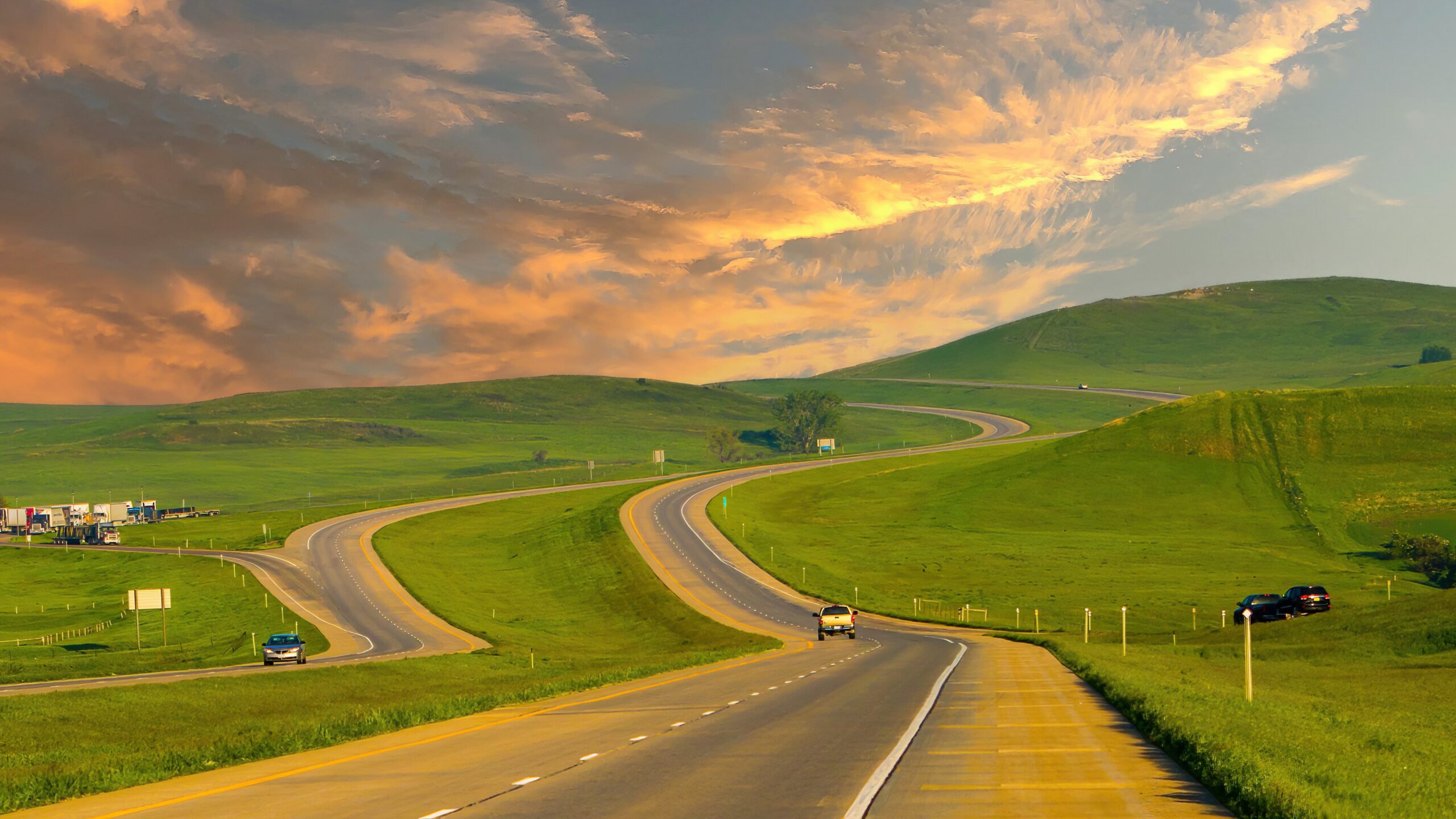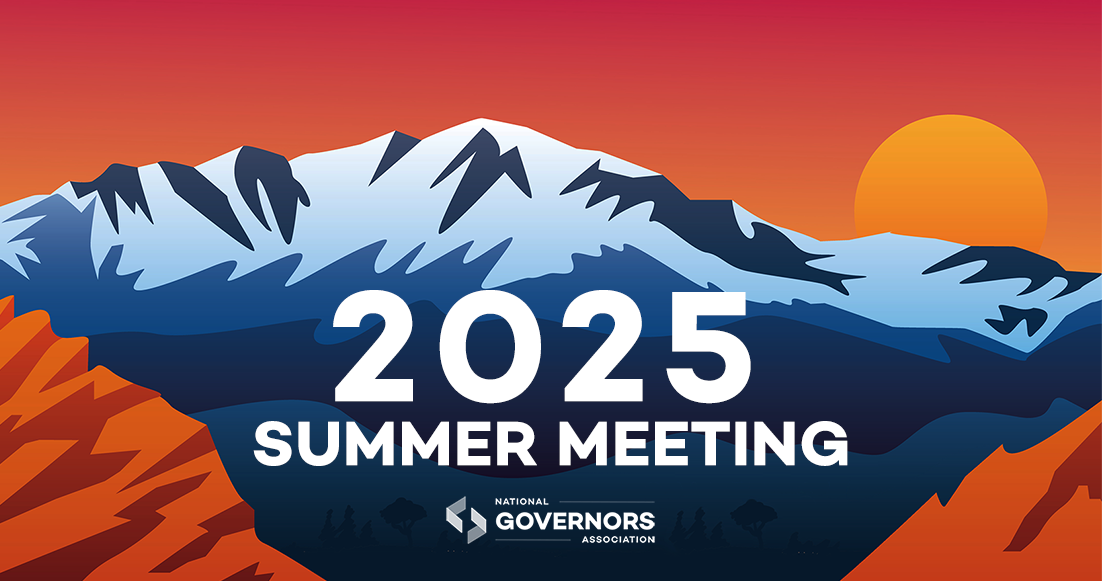The National Governors Association (NGA) has released two new policy roadmaps, which provide governors and senior state policy officials with ideas for how they can prepare their states for the ongoing technology disruption associated with a more connected and automated future. Each roadmap describes leading new transportation and energy technologies and the related benefits, concerns and challenges that policymakers can expect to encounter. They also highlight existing state efforts from across the country that can serve as examples for other governors to follow.
Both roadmaps examined seven strategies governors can pursue:
- Supporting technology innovation
- Modernizing legislation, regulations and incentives
- Providing funding and financing mechanisms to drive technology development
- Preparing the workforce
- Updating communications and data systems
- Addressing cyber threats
- Educating citizens about the benefits and risks of technology innovation.
The energy roadmap looked at a range of technologies including smart grids, renewable energy, advanced energy storage, microgrids, sensors to enhance the performance of coal and natural gas and energy efficiency. The roadmap guides governors attempting to modernize power grids by presenting new regulatory models and incentives that align investment with policy goals.
The transportation policy roadmap examines four technologies driving transformation of the transportation sector: connected and autonomous vehicles, electrified transportation, ride-hailing and car-sharing, and drones. Among some of the many issues raised, the roadmap emphasized the importance of modernizing regulatory frameworks to keep pace with technological advancement such as transportation electrification and self-driving cars. It also stressed the importance of examining new market structures and financing mechanisms because states may face huge shifts in their traditional sources of infrastructure funding, which are currently tied to gasoline taxes, registration and driver violation fees and parking charges.
To learn more about Ahead of the Curve, please visit the initiative’s website.












